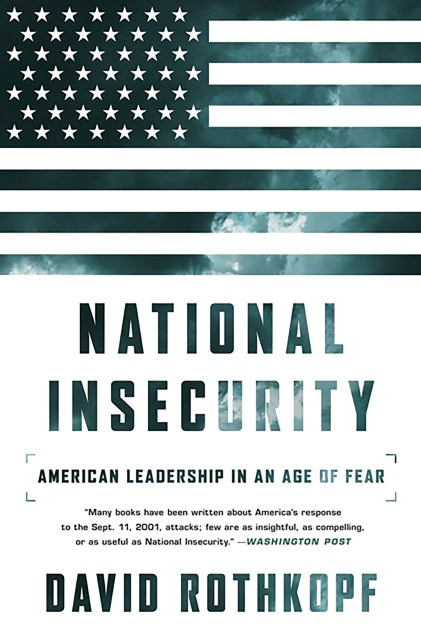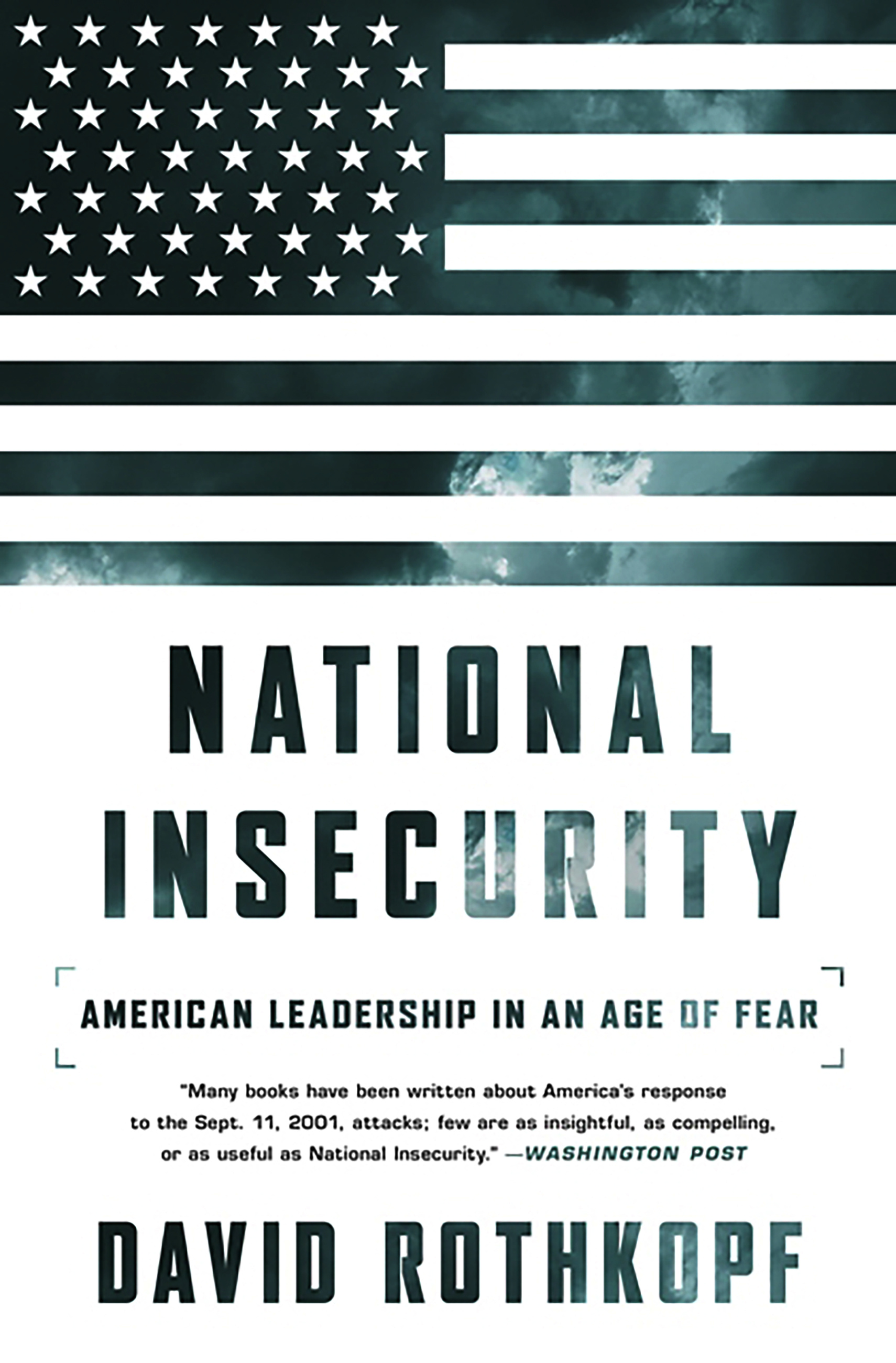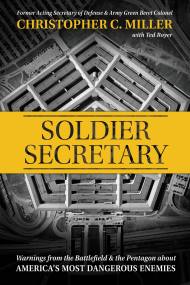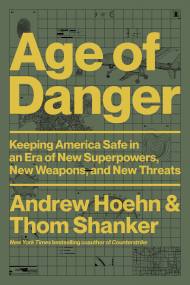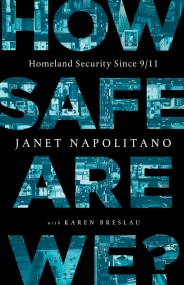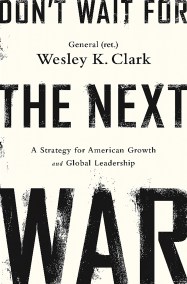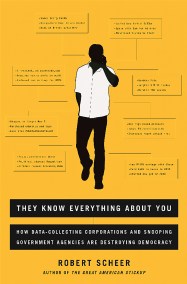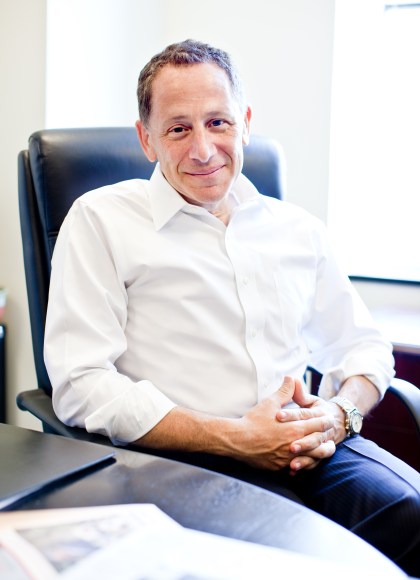Promotion
Use code MOM24 for 20% off site wide + free shipping over $45
National Insecurity
American Leadership in an Age of Fear
Contributors
Formats and Prices
Price
$25.99Price
$33.99 CADFormat
Format:
- Trade Paperback $25.99 $33.99 CAD
- ebook $12.99 $16.99 CAD
This item is a preorder. Your payment method will be charged immediately, and the product is expected to ship on or around April 26, 2016. This date is subject to change due to shipping delays beyond our control.
Also available from:
You may think you know the story. But in National Insecurity, David Rothkopf offers an entirely new perspective into the hidden struggles, the surprising triumphs, and the shocking failures of those charged with leading the United States through one of the most difficult periods in its history. Thanks to his extraordinary access, Rothkopf provides fresh insights drawing on more than one hundred exclusive interviews with the key players who shaped this era.
At its core, National Insecurity is the gripping story of a superpower in crisis, seeking to adapt to a rapidly changing world, sometimes showing inspiring resilience — but often undone by the human flaws of those at the top, the mismanagement of its own system, the temptation to concentrate too much power within the hands of too few in the White House itself, and an unwillingness to draw the right lessons from the recent past. Nonetheless, within that story are unmistakable clues to a way forward that can help restore American leadership.
Genre:
-
"An inside look at how foreign policy was made under the two presidents since 9/11...the real star of the book, the übershaper of everything, is this 'age of fear' that so warped our institutions and policy priorities. Will it ever go away or will bin Laden be forever the gift that keeps on giving?" —Thomas L. Friedman, New York Times
"An important book." –Fareed Zakaria, CNN (Fareed Zakaria GPS Book of the Week selection)
“Many books have been written about America's response to the Sept. 11, 2001, attacks; few are as insightful, as compelling or as useful as National Insecurity.” –Washington Post
"Rothkopf, the preeminent historian and analyst of the crucially important and usually misunderstood National Security Council (NSC), argues that, 'It is not strategy to simply undo the mistakes of the recent past.'" —Jeffrey Goldberg, The Atlantic
- On Sale
- Apr 26, 2016
- Page Count
- 512 pages
- Publisher
- PublicAffairs
- ISBN-13
- 9781610396332
Newsletter Signup
By clicking ‘Sign Up,’ I acknowledge that I have read and agree to Hachette Book Group’s Privacy Policy and Terms of Use
